The field of UI/UX design Trends is constantly evolving, with new trends emerging every year that push the boundaries of creativity and technology. As we move into 2024, several key trends are set to dominate the design landscape. Whether you are a seasoned designer or just starting out, staying updated with these trends can give you a competitive edge and ensure your designs remain relevant. Let’s dive into the top 10 UI/UX design trends to watch in 2024.
1. Glassmorphism
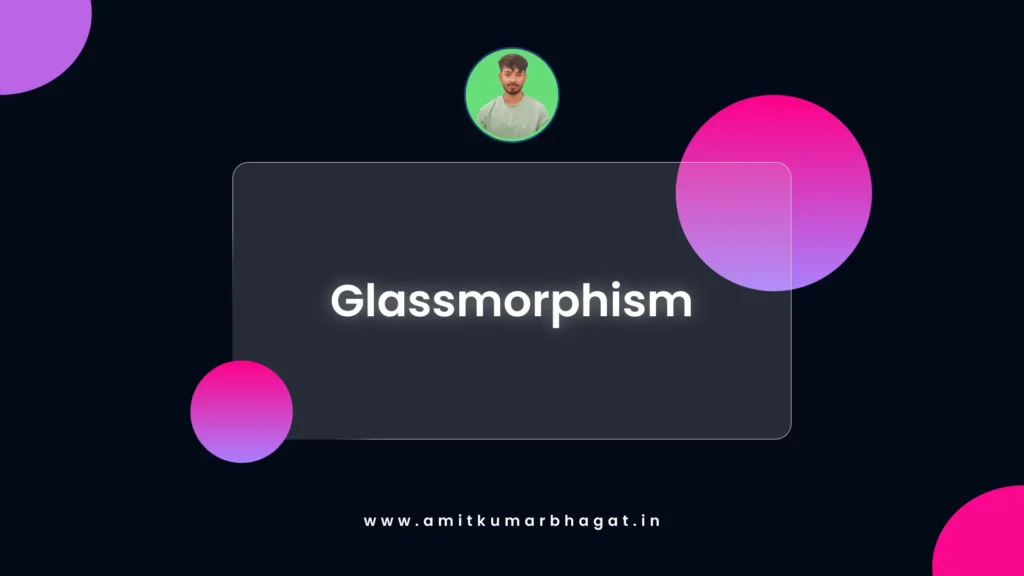
Glassmorphism has been gaining traction over the past few years and continues to be a favorite among designers in 2024. This trend involves the use of translucent elements that mimic the appearance of frosted glass. It creates a visually appealing effect by layering transparent objects over colorful backgrounds, giving a sense of depth and dimension. The subtle use of blur and shadow enhances the illusion, making the interface feel more interactive and engaging.
Why it’s trending:
Glassmorphism adds a layer of sophistication to designs. It’s especially effective in creating visually rich user interfaces without overwhelming the user. As digital products become more visually driven, this trend helps in maintaining an aesthetic balance while improving usability.
How to implement:
- Use soft shadows and light blur to create a glass-like effect.
- Combine with vibrant background colors to enhance the contrast and depth.
- Implement sparingly to avoid overloading the user interface.
2. Minimalist Navigation

With users demanding faster and more intuitive interactions, minimalist navigation is set to become a staple in UI/UX design. This trend focuses on simplifying navigation structures by reducing the number of visible menu items and relying more on hidden or collapsible menus. The goal is to declutter the interface, allowing users to focus on the content that matters most.
Why it’s trending:
Minimalist navigation enhances user experience by reducing cognitive load. It’s particularly effective in mobile and responsive design, where screen space is limited. By stripping down navigation to its essentials, designers can create cleaner and more focused interfaces.
How to implement:
- Use hamburger menus or bottom navigation bars for mobile interfaces.
- Implement clear and concise labeling for menu items.
- Ensure that essential navigation elements are always accessible.
3. AI-Powered Personalization
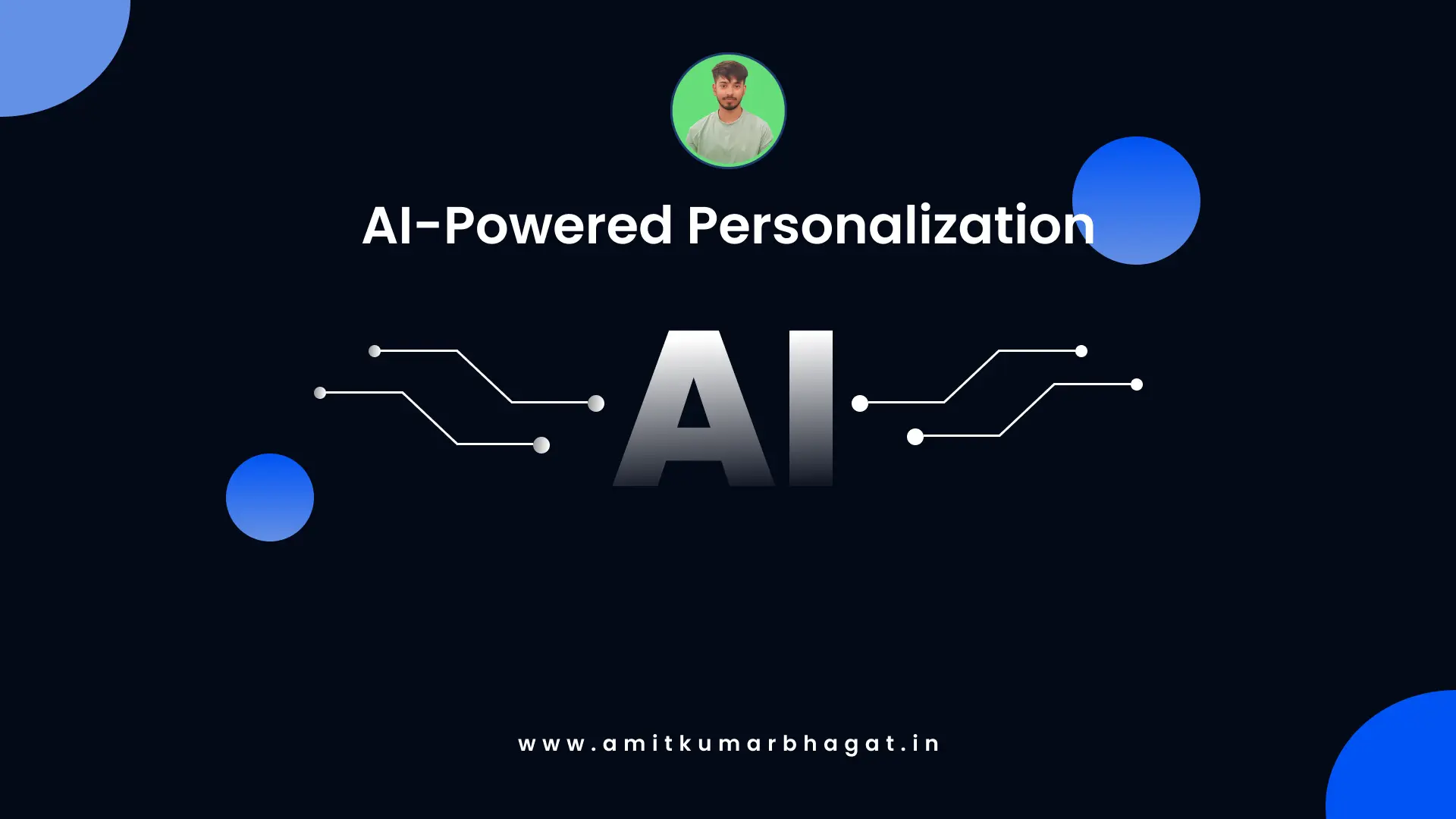
As artificial intelligence continues to evolve, its integration into UI/UX design Trends is becoming more prevalent. AI-powered personalization involves using machine learning algorithms to tailor the user experience based on individual preferences, behaviors, and interactions. This trend allows for more dynamic and personalized interfaces that adapt to the user over time.
Why it’s trending:
Personalization has become a key differentiator in user experience. By leveraging AI, designers can create interfaces that are not only user-friendly but also uniquely tailored to each individual. This enhances engagement and satisfaction, leading to better retention rates.
How to implement:
- Integrate AI algorithms that analyze user behavior and preferences.
- Use personalization to adjust content, layout, and recommendations dynamically.
- Ensure transparency and give users control over personalization settings.
4. Dark Mode Optimization

Dark mode has been a popular feature in apps and websites for a while, but in 2024, we’ll see more designs being optimized specifically for dark mode. This goes beyond simply inverting colors; it involves creating designs that are aesthetically pleasing and functionally effective in dark environments.
Why it’s trending:
Dark mode reduces eye strain, especially in low-light conditions, and can also help save battery life on OLED screens. As users increasingly prefer dark mode, optimizing designs to look great in this mode is becoming a necessity.
How to implement:
- Choose colors that work well in dark environments, avoiding harsh contrasts.
- Use soft gradients and highlights to add depth without overwhelming the user.
- Test your designs in both light and dark modes to ensure consistency.
5. Advanced Microinteractions
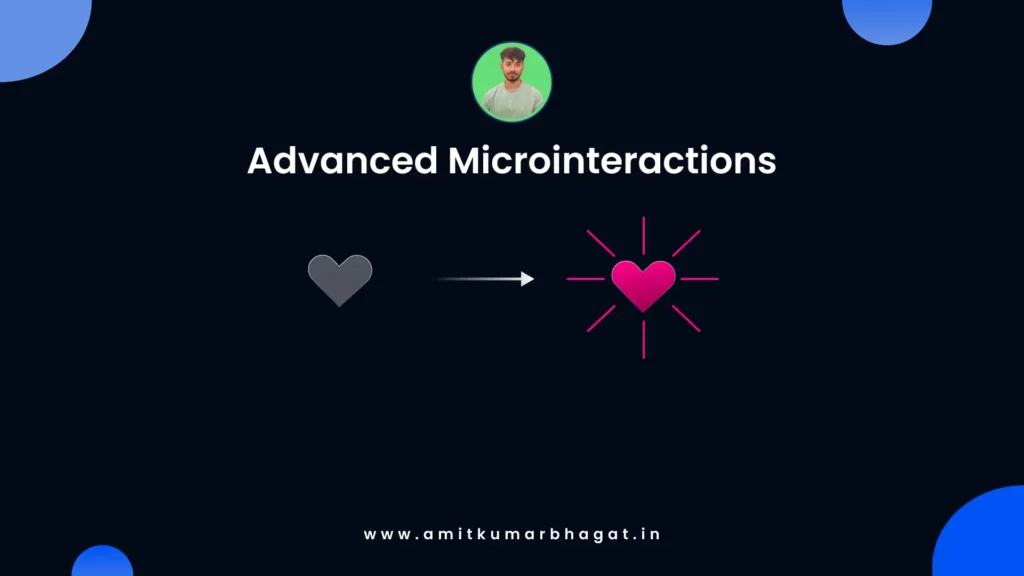
Microinteractions are small, subtle animations or responses that occur in response to user actions. In 2024, we’ll see these becoming more advanced, with a focus on creating seamless, fluid interactions that enhance the user experience. These can include animations when a button is clicked, feedback when a task is completed, or transitions between pages.
Why it’s trending:
Microinteractions add a layer of delight to the user experience. They make interactions feel more responsive and human, helping to guide users through tasks and providing immediate feedback.
How to implement:
- Focus on making microinteractions intuitive and natural.
- Ensure they do not interfere with the usability or performance of the interface.
- Use them to highlight important actions or provide feedback.
6. Voice User Interface (VUI) Integration

Voice interfaces are becoming increasingly common, thanks to the rise of smart speakers and voice-activated assistants. In 2024, more apps and websites will incorporate Voice User Interfaces (VUIs), allowing users to interact with their devices through voice commands.
Why it’s trending:
VUI offers a hands-free interaction method, which is particularly useful in situations where traditional input methods are impractical. It also makes technology more accessible to users with disabilities.
How to implement:
- Integrate voice command options into your existing UI.
- Ensure voice commands are intuitive and consistent with visual elements.
- Include clear voice feedback to confirm actions.
7. Neumorphism

Neumorphism is a design trend that blends skeuomorphism (design elements that mimic real-world objects) with modern, flat design. It creates a soft, embossed effect that gives elements a sense of physicality and tactility. In 2024, this trend is being refined to create more realistic and interactive interfaces.
Why it’s trending:
Neumorphism offers a unique aesthetic that stands out from more traditional flat designs. It can make digital interfaces feel more connected to the physical world, creating a more engaging user experience.
How to implement:
- Use soft shadows and highlights to create a 3D effect.
- Avoid excessive use, as it can lead to accessibility issues.
- Combine with flat design elements to maintain usability.
8. Biometric Authentication
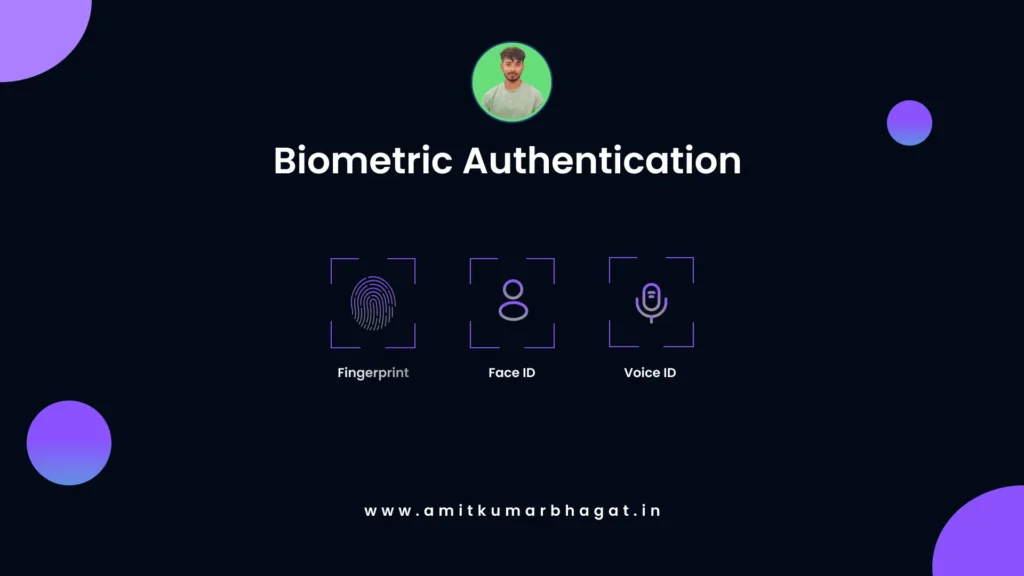
Security is a top priority in today’s digital landscape, and biometric authentication is becoming more common as a result. This trend involves using fingerprints, facial recognition, or voice recognition as methods of verifying user identity.
Why it’s trending:
Biometric authentication provides a higher level of security compared to traditional passwords. It’s also more convenient for users, reducing friction in the login process.
How to implement:
- Integrate biometric authentication options into your login process.
- Ensure that biometric data is securely stored and processed.
- Provide alternative login methods for users who prefer not to use biometrics.
9. Data Visualization
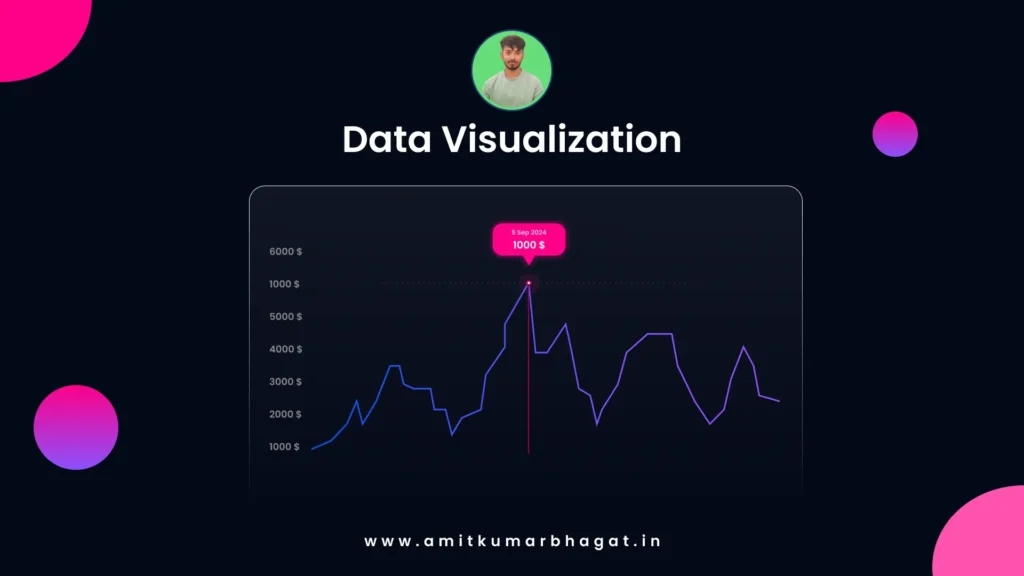
As data becomes increasingly complex, the need for effective data visualization is growing. In 2024, UI/UX designers will focus on creating interactive and visually appealing data visualizations that help users understand and interpret information more easily.
Why it’s trending:
Effective data visualization makes complex information more accessible and understandable. It’s particularly important in fields like finance, healthcare, and education, where data-driven decisions are crucial.
How to implement:
- Use charts, graphs, and infographics to present data visually.
- Ensure that visualizations are interactive, allowing users to explore the data.
- Focus on clarity and simplicity, avoiding unnecessary complexity.
10. Sustainable Design
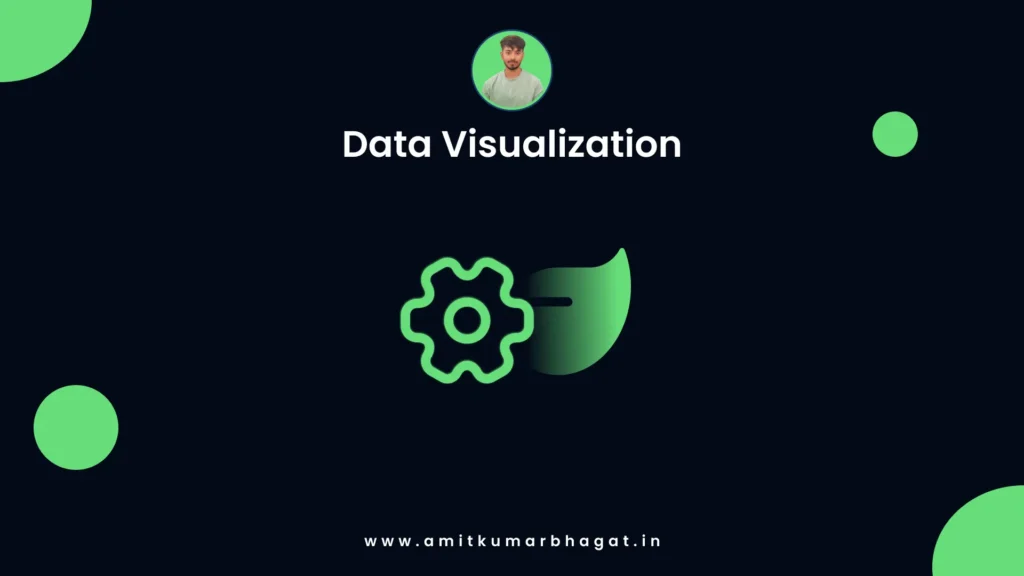
Sustainability is becoming a critical consideration in all fields, including design. In 2024, we’ll see a rise in sustainable design practices, which focus on reducing the environmental impact of digital products. This can include optimizing designs for energy efficiency, reducing the use of resources, and promoting ethical design practices.
Why it’s trending:
As awareness of environmental issues grows, users are increasingly seeking out products that align with their values. Sustainable design not only reduces environmental impact but also appeals to a growing demographic of eco-conscious users.
How to implement:
- Optimize designs to reduce energy consumption, especially on mobile devices.
- Use eco-friendly hosting services for websites.
- Incorporate sustainability messaging into your branding and user experience.
Conclusion
Staying ahead of UI/UX design trends is essential for creating user experiences that are not only visually appealing but also functional and relevant. As we move into 2024, these ten trends offer exciting opportunities to innovate and elevate your designs. Whether you’re integrating AI for personalized experiences, refining dark mode designs, or exploring the latest in glassmorphism, these trends will help you create user interfaces that stand out in a crowded digital landscape.
By embracing these UI/UX design trends and continually adapting to the evolving design environment, you’ll be well-positioned to deliver cutting-edge solutions that meet the needs of modern users. Keep experimenting, stay curious, and let these trends inspire your next big design breakthrough.
